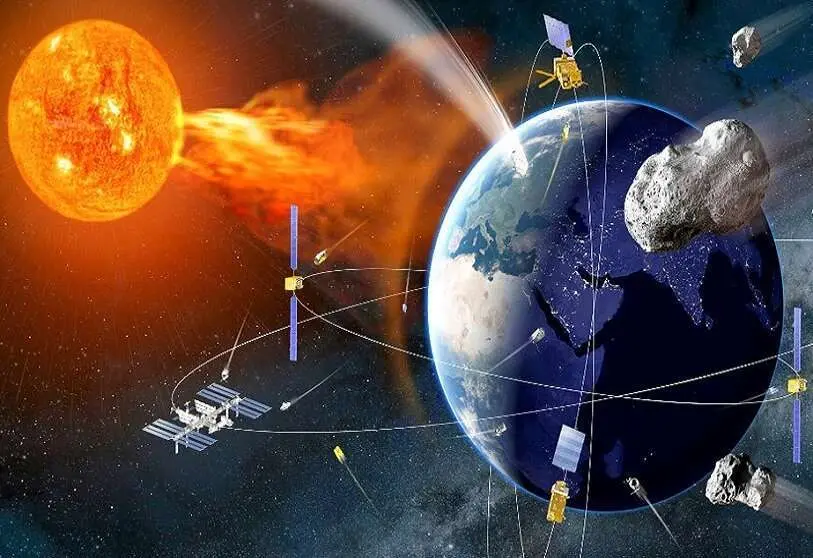Europe's first Earth observation satellite celebrates its 30th birthday

Europe is commemorating the 30th anniversary this Saturday of the launch of its first Earth observation satellite, the ERS-1, which inaugurated an activity in one of the fields of space activity in which it has established itself as a global leader.
Airbus, which is the successor to the consortium of more than 50 companies from 14 countries that developed and built ERS-1, recalled in a statement on Friday its launch into orbit on 17 July 1991 by an Ariana 4 rocket.
The first of the European Remote Sensing Satellite (ERS) series weighed 2.4 tonnes and was equipped with a radar system and microwave instruments that allowed it to observe regions of the world that were previously out of reach, obscured by clouds or fog.
It remained in service for nine years, three times longer than originally planned, in a polar orbit at an altitude of 785 kilometres.

On each of its orbits around the Earth (it made 45,000 orbits, during which it transmitted 1.5 million images), it covered a band 4,000 kilometres long and 100 kilometres wide.
Four years after its launch (in April 1995), ERS-2 was added to the system with new applications, in particular an instrument for measuring ozone, which was used to monitor the hole in the vertical of the South Pole. The two satellites could be operated simultaneously for several years.
Airbus noted that building on the ERS experience, other European and national Earth observation projects were launched in which the European group has been and is involved, such as MetOp (of which the second generation satellites are being built).

Also the CryoSat (on ice sheets), Swarm (on the Earth's magnetic field) and Aeolus (on global wind profiles) programmes.
The European Space Agency's (ESA) Earth observation programme Copernicus has had the first of the Sentinel series since April 2014.
Copernicus is designed to provide information for monitoring terrestrial and marine areas, for disaster and crisis management, for monitoring atmospheric phenomena and climate change, and for security issues.








